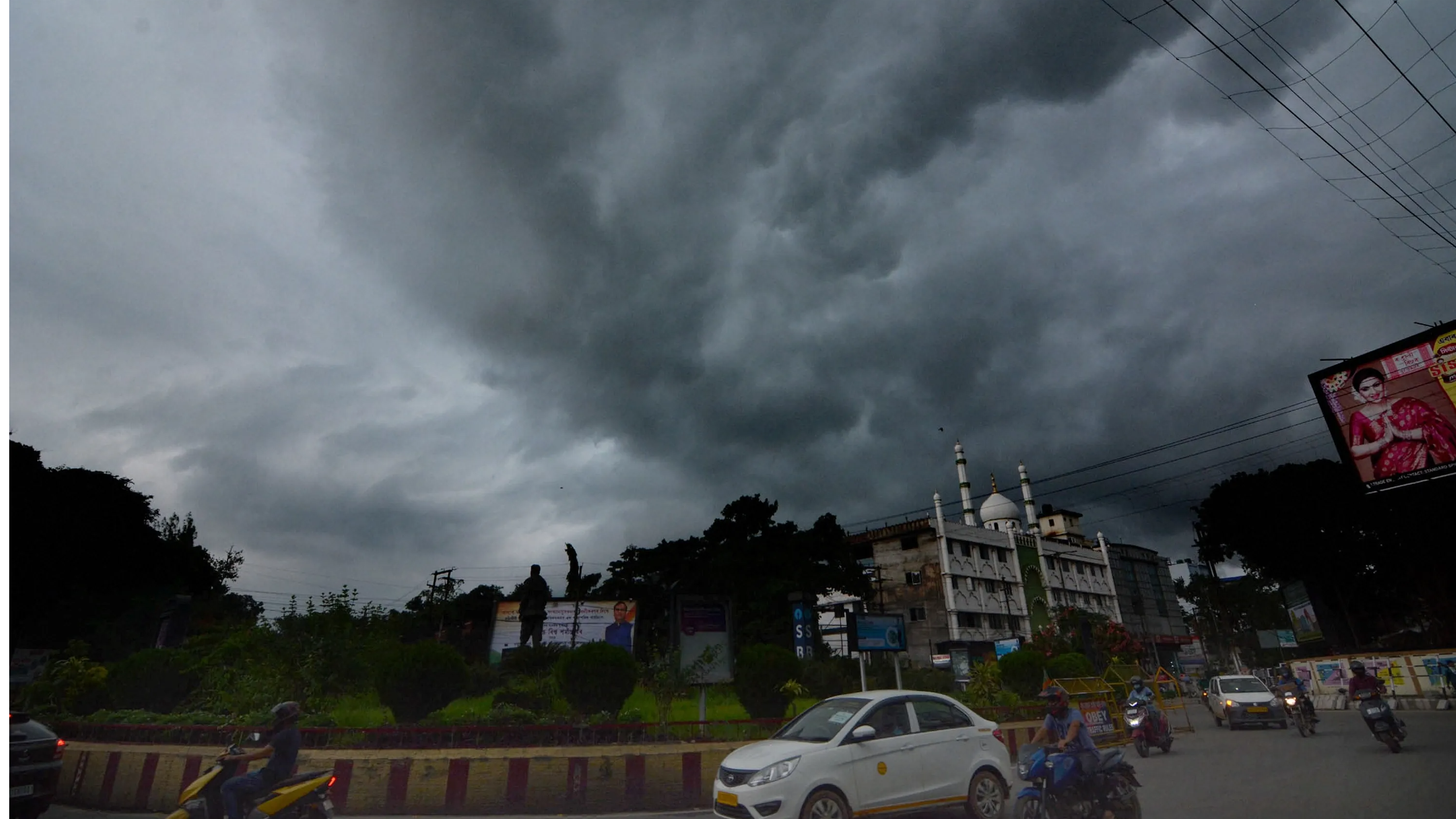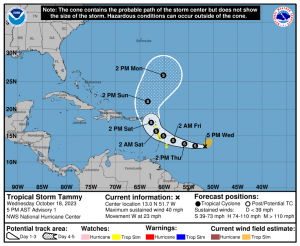The Indian Meteorological Department‘s monsoon forecast turned out to be inaccurate, leaving out a large part of northern India sulk under the sweltering heat. There’s a reason why the Met office’s series of predictions were wrong. Inaccurate signals by models, difficulty in predicting the outcomes of the interactions between the easterly and westerly winds were some of the major reasons behind the faulty forecast.
The Southwest Monsoon has reached almost all parts of the country but is yet to reach Delhi, Haryana, parts of west Uttar Pradesh and west Rajasthan. The Met Office had predicted that the monsoon is expected to cover these parts by June. On July 11, no sign of the monsoon yet.
IMDs series of monsoon forecasts, and its flip flops
In its forecast on June 13, the IMD had predicted that the Southwest Monsoon will reach Delhi by June 15. A day later it said conditions are not favourable for its further advancement in this region. This was followed by a long ‘break-spell’ during which the Southwest Monsoon was weak over several parts of the country.
Then on July 1, the IMD said conditions could be favourable for further advancement of the monsoon by July 7, adding that the easterly winds in the lower level from the Bay of Bengal are likely to establish gradually over parts of eastern India from July 8.
Four days later, the Met Office shifted the date to July 10, saying the monsoon is likely to spread into northwest India covering Punjab and north Haryana by July 10. Even this didn’t happen.
Predicting the onset of Southwest Monsoon over Kerala, the IMD had said it would hit the southern state by May 31. Till about morning of May 30, the IMD was sure of its forecast only to revise it a few hours later. The revised prediction shifted the date to June 3.
“We could have told (the delayed onset) in the morning itself. However, we are monitoring all the defined parameters/ criteria for onset of monsoon over Kerala. At present the criteria are not fully satisfied,” IMD Director General Mrutunjay Mohapatra had said on May 30.
Mohapatra said the country’s forecasting agency did issue a forecast that monsoon will cover parts of north India including Delhi by June 15 as indicated by the models. “But we changed it the next day (June 14) when we realised that conditions are not favourable for its advancement.” He said the forecast models did not show consistency in the interactions of the easterlies and the westerlies — the two dominant wind patterns.
The accuracy of the models, he said, is reasonably good when it comes to forecasts up to two weeks but not as good for forecasts for four weeks.
The forecast models gave wrong signals, said M Rajeevan, Secretary, Ministry of Earth Sciences, who has spent over 35 years studying the Southwest Monsoon.
“The models have picked up very well some of the broader events like a break in the monsoon and its revival a week ago. But when it comes to local forecasts like its advancement over Kerala or rain over parts of north, there is an issue,” Rajeevan said, adding that the IMD should not have issued the forecast. The IMD is an institute under the Ministry of Earth Sciences.
Tracking the interactions of the westerlies and the easterlies is the most difficult part in monsoon forecast, former Met chief KJ Ramesh told PTI.
The Southwest Monsoon covers West Bengal and many parts of central India by June 15, just 14 days after it makes an onset over Kerala. With this, begins the four-month rainfall season over the country. It, however, takes nearly three weeks to cover parts of north India, Ramesh said.
Why the delay
This is also because of the interactions of easterlies and westerlies. Between the westerlies and the easterlies, the former is a “big brother”, he said. The easterlies only gain strength when there is a low pressure area that can help it advance further. This usually creates a “sea-saw” like situation. This is also one of the reasons when north India sees a patchy monsoon, he explained.
About the not-so-correct forecast
Ajit Tyagi, former IMD Director General, said the forecasting agency had predicted that in the first surge the Southwest Monsoon could cover the country by June 15-16. But then it weakened and there were clear signs that it would not revive before July 10. That was indicated. If one looks at the Medium Range Forecast of 10-15 days, it was right, Tyagi said.
About the other forecast, he said: “Initial forecasts were not realised but the IMD did make course corrections.”







